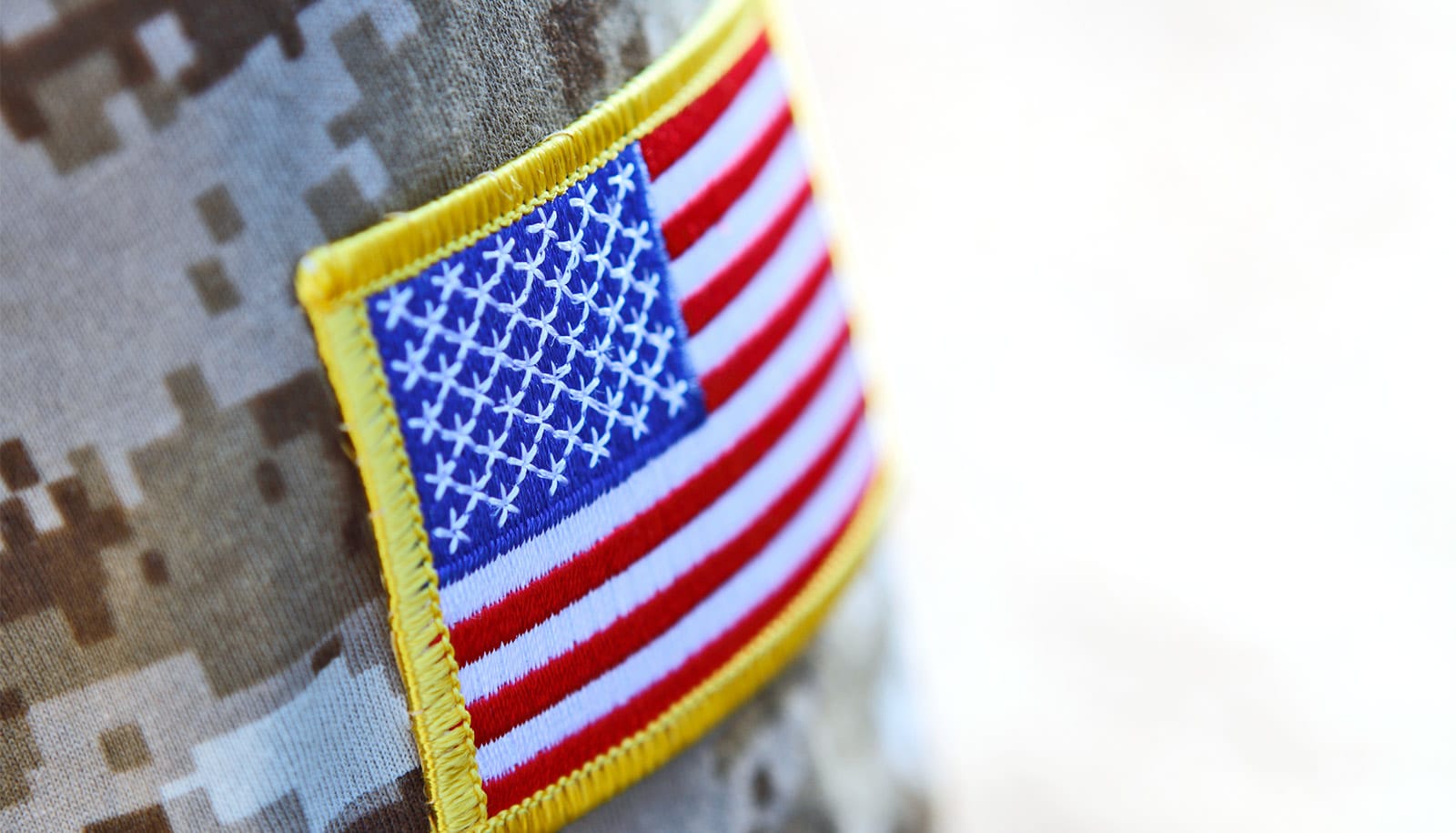Among older transgender adults, US military veterans report fewer symptoms of depression and greater mental health-related quality of life than their non-serving peers, a new study suggests.
Estimated numbers of US military personnel who are transgender vary widely, but range between one-tenth and three-quarters of one percent of the roughly two million active-duty and reserve forces. A previous study from University of California, Los Angeles estimates about 134,000 transgender veterans in the United States.
The new paper, published in The Gerontologist, explores how military service affects transgender people because previous data indicated that, among LGBT people over age 50, those who identified as transgender were more likely to be veterans than lesbians, gay men, or bisexuals.
Reports have indicated that transgender individuals serve in the military at higher rates than people in the general population. In the 2015 US Transgender Survey of 28,000 individuals, 15 percent said they had served, compared to about nine percent of the US population overall. And yet, little is known about how military service influences the well-being of transgender veterans later in life.
Other studies have shown that transgender veterans suffer higher rates of depression than other veterans. Researchers were somewhat surprised, then, to learn that the transgender veterans they surveyed tended to have better mental health than transgender people who hadn’t served, says lead author Charles Hoy-Ellis, an assistant professor at the University of Utah College of Social Work.
The traditionally masculine culture of the US military would seem to be a potentially difficult environment for someone who doesn’t identify with the gender they were assigned at birth, he says.
But military service creates its own kind of identity, the authors say, because it presents often dangerous and traumatic challenges; overcoming those challenges builds resilience. And that’s where the identity as a transgender person enters the picture.
“Many people develop an identity as a military person—that it’s not just something they did but something that they are,” says Hoy-Ellis. “If transgender people, who are among the most marginalized, can successfully navigate a military career, with so many of the dynamics around gender in the general population and in the military, then that experience can contribute to a type of identity cohesiveness.”
“This is a population that has served the country very proudly, and it’s important that we recognize that service”
The internalizing of negative stereotypes, such as those around sexual orientation, is considered a risk factor for poor mental health, adds coauthor Hyun-Jun Kim, a University of Washington research scientist in the School of Social Work. Military service could be the opposite—a protective factor.
“Often when people think of the transgender population, they focus on the risk factors, but it’s equally important to focus on the protective factors and nourish those resources. In this case, what aspects of military service contribute to being a protective factor?” Kim says.
Trans and gender-fluid teens face 3X more abuse
Researchers say they were somewhat limited by the size of their study sample: Out of the 2,450 people ages 50 to 100 who were surveyed for Aging with Pride, 183 identified as transgender. Of those nearly one-fourth, or 43, had served in the military. Of those who had served, 57 percent identified as female. People of color made up 29 percent of the transgender veterans in the study.
But as awareness grows about gender-identity issues, there is opportunity to address support services for transgender veterans at the federal level and in the community, Hoy-Ellis says.
“This is a population that has served the country very proudly, and it’s important that we recognize that service,” he says. “Learning what we can about transgender older adults with military service may help us develop and implement policies and programs for people who are serving today.”
The paper is part of a national, groundbreaking longitudinal study of LGBT older adults, known as “Aging with Pride: National Health, Aging, Sexuality/Gender Study,” which focuses on how a range of demographic factors, life events, and medical conditions are associated with health and quality of life.
Marriage’s perks extend to LGBT older adults
The National Institutes of Health’s National Institute on Aging provided funding for the paper.
Source: University of Washington



